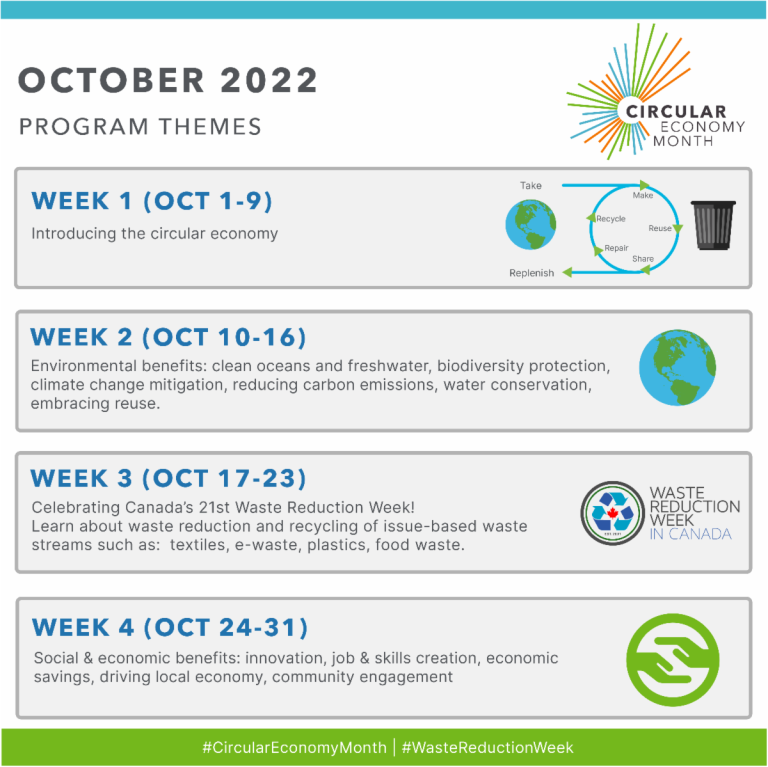It Was Never About the Straws
Every so often, a new packaging item ends up with a bull’s-eye on its back. One year it’s plastic bags. The next year, it’s paper bags. Ironically, it’s rarely the reusable bag that gets the same attention – despite the average Canadian owning 23 of them, which might even seem low when you open your […]
It Was Never About the Straws Read More »










